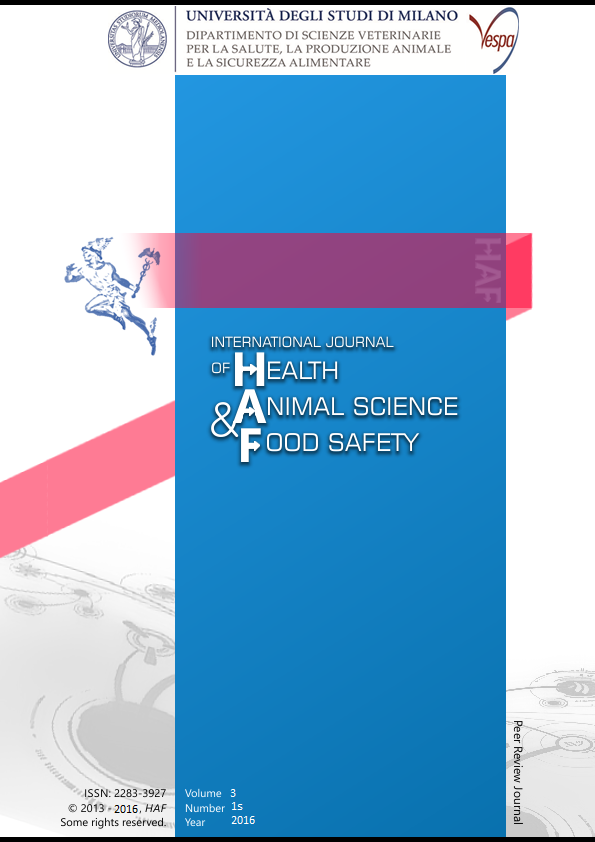Abstract
of contaminants and safe for the consumers. Many pollutants, including pesticides (Chauzat et al,
2011) and heavy metals (Tuzen et al., 2007) coming from the environment, could be the source of
contamination for bee matrices. In this study the method performances of two solid- liquid
extraction techniques, Accelerated Solvent Extraction (ASE) with clean up in-line and Quick, Easy,
Cheap, Effective, Rugged, and Safe (QuEChERS) extraction, were evaluated and compared for the
analysis of pesticide residues in honey. Fiftythree pesticides, belonging to different chemical
classes, were investigated in orange blossom honey from German local market using method based
on Gas Chromatography coupled with Tandem Mass Spectrometry (GC-MS/MS. The linearity (R2 >
0.985) in solvent and in matrix was achieved for most of the compounds with both extraction
techniques, however showing a strong matrix effect. The criteria for a good repeatability (CV <20%)
were satisfied for the 92 % of the compounds with QuEChERS extraction and for the 74% of the
compounds with ASE extraction. The recovery (evaluated at three different concentration levels)
was the same for the two techniques at the lowest concentration level, while was better for
QuEChERS than ASE at the highest level. Furthermore, QuECheERS method allowed a significant
reduction of the time needed for sample preparation than ASE extraction.
Riferimenti bibliografici
Chauzat, M.P., Martel, A.C., Cougoule, N., Porta, P., Lachaize, J., Zeggane, S., Aubert, M., Carpentier, P., Faucon, J.P; 2011. An assessment of honeybee colony matrices, Apis mellifera (Hymenoptera: apidae) to monitor pesticides presence in continental France. Environ. Toxicol. Chem. 30, 1-9
Tuzen, M., Silici, S., Mendil, D., Soylak, M.; 2007. Trace elements levels in honeys from different regions of Turkey. Food Chem. 103, 325-330.
This work is licensed under a CC BY-SA 4.0 international

